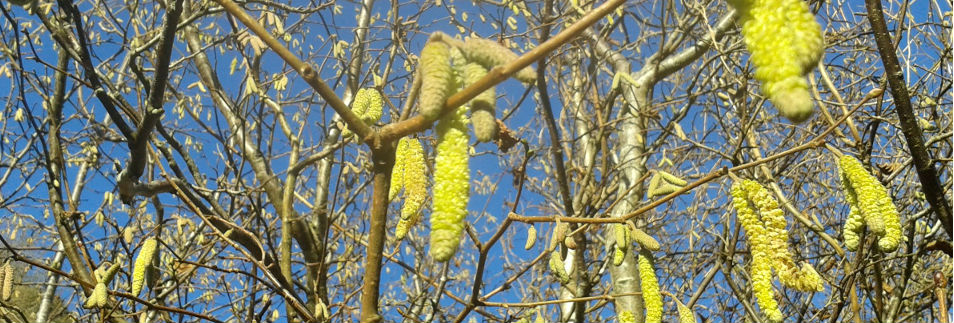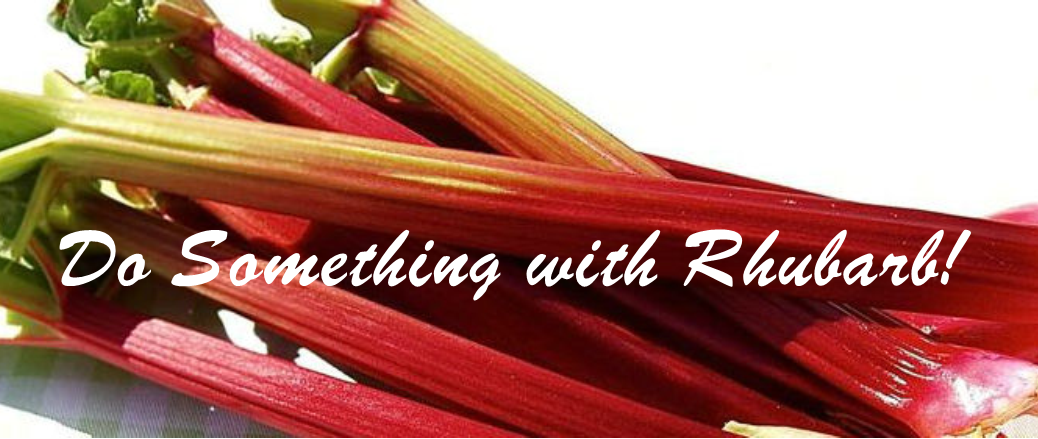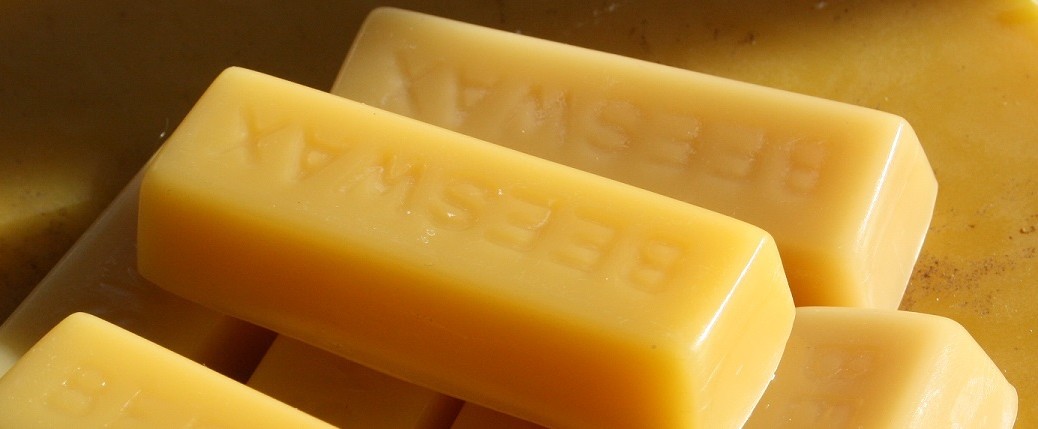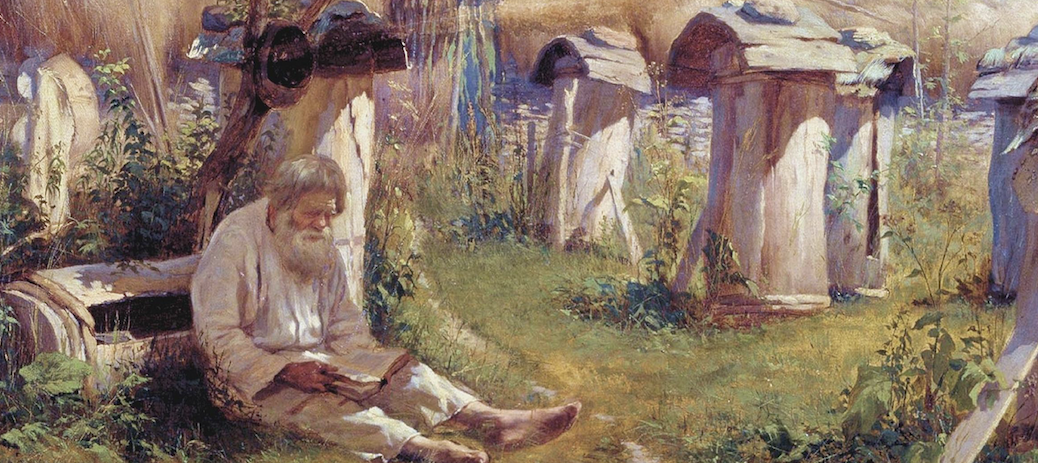The Latin name for hazel is Corylus avellana, Corylus from the Greek korys meaning helmet – a reference to the tough, helmet-shaped nutshell and avellana from the Italian town Avella where the nuts were once cultivated. Continue reading Bee Trees – Hazel (Corylus avellana)
Christmas Catkins
Hazel catkins flowering near Inistioge on Christmas day – that’s the earliest I can remember. The bees will be all over those if we get any warm weather. There’s no nectar of course – hazel being wind-pollinated but the bees always appreciate fresh pollen.
Varroa – the Basics
The Varroa mite is a parasite of the honeybee. Being a mite it is not an insect; it has eight legs and is a member of the spider family. As parasites go, Varroa mites are quite large in comparison to the host – about the size of a pin head and quite easily visible to the naked eye. If humans had a parasite the same relative size of Varroa it would be about the size of a saucer. The mites have a reddish brown, leathery shell and from above they look a bit like a crab but without the pincers. Continue reading Varroa – the Basics
Winter Oxalic Acid Varroa Treatment
When the shortest day is upon us there is a brief broodless period in the honeybee colony. This is the time conditions are right for oxalic acid treatment. There are two reasons for this:
- When a colony is broodless, all the Varroa are at their most vulnerable out there in the open, either on the bees or creeping about on the comb – Varroa are protected from the effects of oxalic acid when they still inside the cells of the brood nest;
- Oxalic acid can damage open brood so these effects are minimal when there are no or few larvae.
On December 9th 2013 the bees were flying quite strongly and still working the last of the ivy and the Mahonia but there has been little activity since then. Any eggs laid during that spell of mild weather will have hatched by the end of December so that might be the best time to treat.
The following methods can be used during any broodless period, even in the middle of summer, but supers need to be removed. Click here for more about summer oxalic acid treatment. Continue reading Winter Oxalic Acid Varroa Treatment
Lip Balm Recipe
Here is a recipe for lip balm – it won’t help much with the beeswax mountain but if your lips are in tatters this is the stuff for you. If not, well it does have tatter-prevention properties if you smear some on before you go out in the elements. At the very least it will give you a nice glossy pout. Continue reading Lip Balm Recipe
Beeswax Furniture Polish Recipe
Polish up yer wooden stuff with this stuff – it’s something to do with your beeswax mountain and it makes a great present for the mid-winter too. Continue reading Beeswax Furniture Polish Recipe
Easy Beeswax Handcream Recipe
This is a really simple and nourishing handcream recipe – in fact you could probably eat it.
If you’re not planning to eat it you could add fragrance but it’s lovely as it is. Just apply sparingly as possible and try and keep it off your palms because it doesn’t contain those chemicals that make it vanish into your skin.
If you do get greasy palms – rub it on your head. Your hair will be glossy as a colt’s back and even on a very windy day – it’ll hold it all down nicely.
Weigh everything including the water.
Ingredients
- 50g spotlessly clean beeswax
- 200g jojoba oil
- 200g almond oil
- 200g soft water
- 10 g borax
Method
- This will make 9 x 50ml pots so get them ready first;
- Measure oils into a pyrex bowl;
- Break up beeswax and add to oils;
- Set pyrex bowl in pan of hot water and set on low heat to melt wax;
- When beeswax is melted put water and borax into a jar, mix then warm this mixture so it is the same temperature as the oil etc;
- Pour oil/beeswax mixture and boraxed water both together at the same time into a bowl and stir;
- A creamy mixture will form and you need to get it into pots before it sets and it will set quite quickly.
Click here for how to render beeswax
Click here for simple beeswax wraps
Click here for beeswax lipbalm recipe
Click here for beeswax furniture polish recipe
Click here for beeswax soap recipe
Click here for beeswax candlemaking
Click here for emergency home dental repairs with beeswax
Copyright © Beespoke.info, 2014. All Rights Reserved.
In Praise of Ravens
When I stepped out the front door this morning – a raven flew over and let out 3 loud caws which echoed round the yard and here was me thinking I was all alone up here with the snipe and the hares. Being curious birds he didn’t go far but turned and came back for another look and was quickly joined by second raven. I could see from the tilt of their beaks that they were looking down on me – then they were gone – sailing across the sky without a care in the world.
My first close encounter with a raven with was in Shetland. I was on my hands and knees doing a vegetation survey on a heathery bog when I heard the distinct sound of a pebble drop into puddle – ‘plop’. I looked all round me but could see neither pebble nor puddle. Then I heard another plop but realised the origin of the splash was above me! When I looked up – there was a raven hanging in the sky directly overhead and looking down his beak at me. He flew away but kept coming back so see how I was getting on. I was charmed, it was lovely to have some company in such a remote place.
I still like to watch ravens they seem to be very happy birds, they get together in the sky and indulge in all sorts of aerobatics like flying really close together on synchronised wings or they’ll tuck their wings right in and flip over in the air, even flying upside down for a beat at times. Another thing they seem to enjoy is locking claws and falling through the sky together – first to let go is a chicken. And such a range of calls they have – such vocal dexterity.
On a slightly different species but same family, we came across a tame jackdaw one day by the river. He had a white ring on his leg and kept trying to land on our shoulders but settled instead on the hedge. One of the dogs, a terrier who shall remain nameless took to yapping at the bird as he sat in the hedge. Instead of being alarmed and flying off – the jackdaw took to barking back at him.
Charles Dickens loved ravens, in fact he had two as pets. Here’s what he tells us about them in the Preface to Barnaby Rudge:
“He slept in a stable – generally on horseback – and so terrified a Newfoundland dog by his preternatural sagacity, that he has been known, by the mere superiority of his genius to walk off unmolested with the dog’s dinner from before his face. He was rapidly rising in acquirements and virtues, when, in an evil hour, his stable was newly painted. He observed the workmen closely, saw that they were careful of the paint, and immediately burned to possess it. On their going to dinner, he ate up all they had left behind, consisting of a pound or two of white lead and this youthful indiscretion terminated in his death.”
After that he got another raven:
“The first act of this Sage, was, to administer to the effects of his predecessor, by disinterring all the cheese and halfpence he had buried in the garden – a work of immense labour and research, to which he devoted all the energies of his mind. When he had achieved his task, he applied himself to the acquisition of stable language, in which he soon became such an adept that he would perch outside my window and drive imaginary horses with great skill all day.”
There’s more:
“He new-pointed the greater part of the garden wall by digging out the mortar, broke countless squares of glass by scraping away the putty all the way round the frames and tore up and swallowed, in splinters, the greater part of a wooden staircase of six steps and a landing – but after some three years he too was taken ill and died before the kitchen fire. He kept his eye to the last upon the meat as it roasted, and suddenly turned over on his back with a sepulchral cry of “Cuckoo!” Since then I have been ravenless.”
Thought for the Day
Time flies like an arrow. Fruit flies like a banana.
I found that somewhere on the internet by the way – I’m not that witty.
Book Review: ‘Breeding Techniques and Selection for Breeding of the Honeybee’ by Friedrich Ruttner
This is a book for the winter; it is a slim volume – a mere 150 pages – but like a nutritious meal with plenty of fibre it requires time, concentration and a lot of chewing. When you read a book like this you realise just how little you know about bees – it really is packed with information.
He begins with queen rearing. Every aspect of queen rearing, from the selection of a queen rearing method, selection of starter and rearer colonies, queenright versus queenless, selection of eggs and larvae or queens and drones, even selection of the right bees for mini-nucs all is gone over with meticulous attention to detail, logical consideration and backed up with scientific study.
Detailed information on the mechanics of the various queen rearing manipulations is also supplied.
After pointing out the difference between queen rearing and bee breeding he moves on to consider which bee to breed from and points out that only breeding within a pure species will result in traits which are heritable. Good qualities often found in hybrids are not passed on reliably to the next generation so: “The starting point in breeding must therefore be the race, that is to say, a combination of genetic qualities sieved and tested by Nature herself.”
There is variability within each race, the performance of colonies can be evaluated and stocks either included or excluded from the breeding program depending on their characteristics. He gives six factors to be evaluated –
- Honey production;
- Spring build up;
- Urge to draw foundation;
- Absence of signs of inbreeding – gappy brood;
- Gentleness;
- Steadiness on the comb.
The identification of the chosen species is vital of course and much information is given on the methods such as observable characteristics such as colour, size and hairiness and less obvious features which can only be detected by more scientific methods such as wing morphometry.
I’m not going to go into wing morphometry here except to say that it is the study and and measurement of the veins and panels in the wings of the honeybee. From a distance this can look like a bottle of smoke until when you realise that these measurements are calibrated against those of preserved museum samples of bees from as far back as the Vikings – long before the importation of bees was thought of.
A chapter on bee genetics is never going to read like a bodice ripper but there should be a better way of getting this message across. Simply put – inbreeding is to be avoided or you’re going to get sluggish bees with gappy brood that don’t build up, can’t be bothered to go out to work and don’t overwinter with thrift or efficiency. Ring any bells?
This book is no walk in the park, nothing containing this level and amount of detailed information could be, but it is a vital reference-section occupant for the beekeeper’s bookshelf and for anyone serious about conserving their native bee it is essential reading – however difficult.
Good luck!
Copyright © Beespoke.info, 2014. All Rights Reserved.



